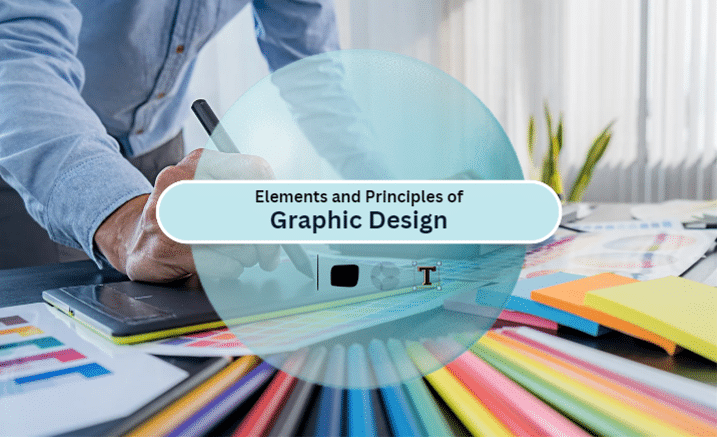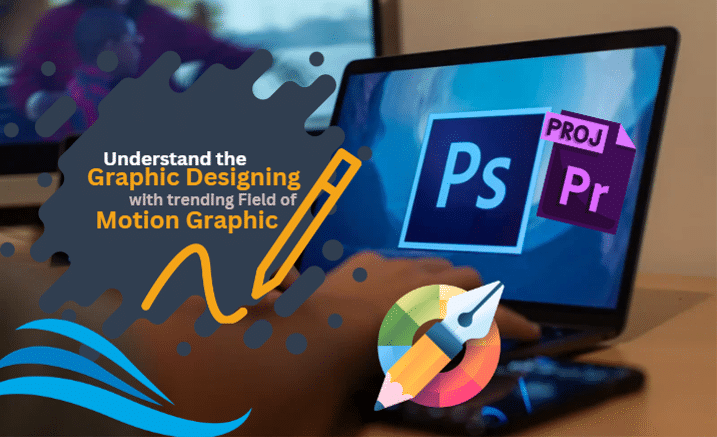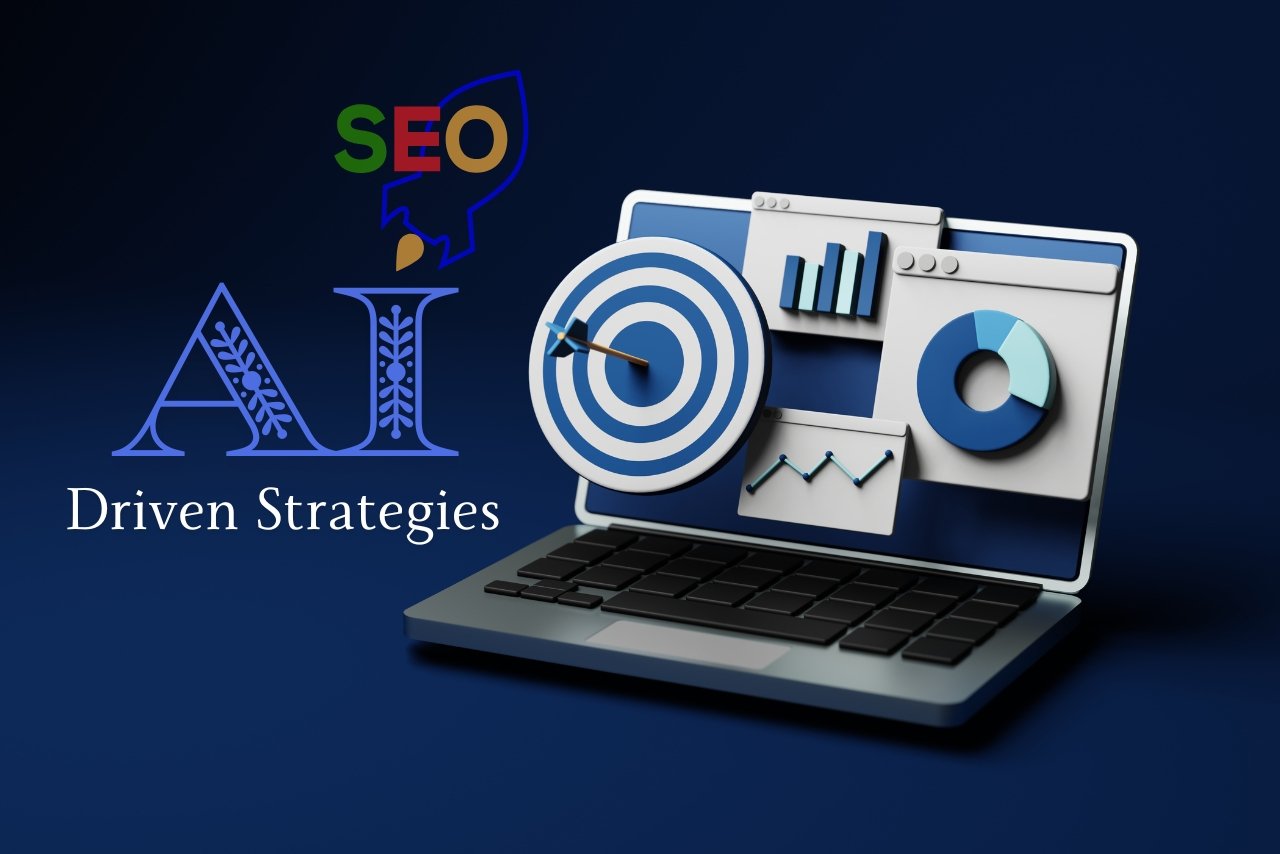The art of graphic design is the planning and creation of visual material to express concepts and messages. In the digital age, graphic designing is seen almost everywhere, from cereal boxes to billboards to smartphone apps.
These designs can influence our perceptions and emotions by fusing many elements and concepts. Graphic designers are visual communicators, another name for graphic design or communication design. Using graphic design tools, they bring visual thoughts to life and use text, graphics, and pictures to engage or inform people.
If you’re interested in creating animated movies for your company, you’ve certainly wondered what the distinction is between motion graphics and graphics.
Animation of this kind includes motion graphics. While the animation is a general phrase for the whole area of moving images, spanning anything from cartoons to Claymation, motion graphics is a term that represents moving or animated graphic design.
Compared to other forms of animation, motion graphics tend to have less of a tangible storytelling component and instead focus on adding movement to graphic design components.
What Are the Elements and Principles of Graphic Design?

Line, color, form, space, texture, typography, size, dominance and emphasis, and balance are some of graphic design’s components and guiding principles. They work together to create aesthetically stunning artwork that has a purpose.
Line
Whether straight, curvy, thin, thick, dashed, long, or short, lines in almost every design may be seen. Lines join any two points. They help split up space and focus the viewer’s attention.
Color
Color is likely the most important and obvious element of a design. Even individuals without a background in design can recognize its influence immediately away.
Backgrounds and other components like lines, forms, and typography may all employ color. Emotions and moods are produced by color. Red, for instance, might stand for desire, and green for nature.
Shape
Shape or form refers to the way that lines are arranged. Shapes include geometric abstractions like circles, squares, rectangles, and triangles. At least one shape may be found in most designs. Shapes have distinct connotations, much like colors do.
A circle might represent oneness, whereas a square could represent structure. The viewer’s perception of a form can be influenced by its color, style, backdrop, and texture.
Space
The design must include white or negative space because it makes text easier for the human eye to read. Good designs take advantage of space to give other parts room to breathe.
Texture
Backgrounds with a single color are being replaced increasingly frequently with textures. Paper, stone, concrete, brick, and cloth are examples of textures. They might be used infrequently or frequently, subtly or blatantly. Using textures to give objects a three-dimensional look may be useful.
Typography
Graphic designers must consider the link between a text’s visual appearance and its message while dealing with text. Typography is the art of organizing words in a readable and interesting way.
Different font choices can represent a range of moods or emotions. Effective typography should give balance, express the right tone, and establish a clear visual hierarchy.
Scale
The size and scale of objects, shapes, and other elements can be altered to provide more dynamic elements to certain design elements. Using a scale, a visual hierarchy may be produced. Graphic designers may establish focus points and highlight key sections by using scale.
Dominance and emphasis
A design’s focal point is produced via dominance and emphasis. It helps the design flow and guides the observer to other design components.
Balance
Graphic designers must take the distribution of design components into account. While balanced designs provide stability, unbalanced patterns may be dynamic. Shapes, colors, textures, lines, and other factors create a sense of balance.
Harmony
Harmony is one of the primary goals of graphic design. Each element of a good design must work together and benefit from one another. However, a design might become boring if every element is the same. In designs, harmony and contrast must be carefully managed.
Various Types of Graphic Design

There are many different Graphic and user experience design fields, and specialties since graphic designing is all around us. Each form of design calls for particular graphic designing abilities and methods.
1. Visual identity graphic design
Visually distinct The visual components of a brand are the main emphasis of graphic designing. It seeks to convey a brand’s personality using pictures, geometric forms, and color.
Within this discipline, graphic designers produce brand-representing components, including logos, typography, color schemes, and image collections. They also create visual brand standards to achieve brand consistency across all users.
2. Marketing and advertising graphic designing
This kind of design is employed to market goods and services. Print advertisements like posters, billboards, flyers, catalogs, packaging, and digital ads like social media postings or television commercials are examples of this.
When working in this field, graphic designers invest a lot of effort in producing materials for marketing plans and campaigns. They generate concepts, investigate customer behavior, and produce designs that appeal to the intended audience. This design necessitates a thorough understanding of customer psychology and product sales tactics.
3. Web design
Planning and creating a website’s look, style, structure, and design are all part of web design. It emphasizes a website’s user experience as well as its outward appearance.
Web designers integrate various visual components, including text, images, graphics, and video, to produce visually appealing and user-friendly websites and pages comparable to a graphic designing job. UX and UI design are strongly related to web design.
4. Publication of graphic design
The main points of emphasis are the layouts, typography, and artwork, including photography, graphics, and illustrations used in this design. This industry employs graphic designers who work on catalogs, books, newspapers, and periodicals. They must comprehend printing, color management, and digital publishing.
5. Packaging graphic design
Packaging serves as a marketing strategy in addition to protecting items. In this field, graphic designers create concepts, mockups, and print-ready files. To understand packaging, graphic designing, industrial design, manufacturing, and print processes are necessary. For their packaging to stand out to customers, graphic designers must keep an eye on trends and rivals.
6. Motion graphic designing
The need for motion graphic designers is rising even though motion graphic designing is a relatively new specialty field in the graphic designing business. This kind of design essentially incorporates any moving graphic. Animations, banners, title scenes, trailers, and video games are examples of this.
7. Environmental graphic design
An interdisciplinary practice, environmental graphic designing includes graphic, architectural, interior, landscape, and industrial design. This kind of design connects people and places.
These designers typically come from backgrounds in architecture and graphic design. They must be acquainted with architectural blueprints and industrial design ideas. They could work on workplace branding, retail store interiors, and signs for public transit.
8. Illustration for graphic designing
Graphic artists use a variety of mediums and methods to produce original works of art. They frequently have training in architecture, animation, or fine arts. In all facets of graphic design, graphic artists work closely with authors, editors, marketers, and art directors.
Graphics vs Motion graphics: When to use each technique
The internet adores videos; that much is obvious. Videos often result in higher engagement, traffic, and conversions, regardless of whether you go for motion graphics or another type of animation.
The most popular kind of brand material is video, according to 93% of digital marketers who claim that social media videos have brought them, new clients. After seeing one of a brand’s social media videos, more than half of the viewers interacted with it.
You want the film that best represents your brand and your company’s objectives, not just any video. So, do you employ animation or motion graphics?
When to use motion graphics
The ideal way to summarise or emphasize data and illustrate a point you’re attempting to convey is with motion graphics. Motion graphics are employed when there is no need for narration or storytelling.
Motion graphic videos may simplify and showcase complicated services or goods memorably. Motion graphics are mostly visual aids. Hence they are excellent at explaining complex concepts through imagery.
When to use other animation techniques
You should use alternative forms of animation if you want to emphasize the emotional elements of a tale, create a narrative, or connect emotionally with your audience. These kinds of narratives are better developed with other types of animation since stories help to build greater connections with your audience.







